Financial Technology, zBlog
Unveiling the Future: Fintech Trends Shaping 2023
atif | Updated: September 5, 2023
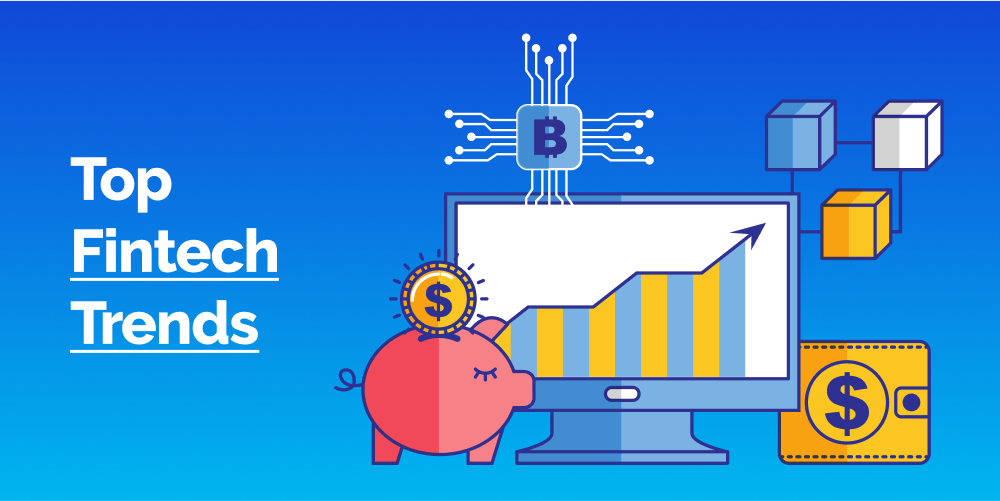
Prepare to be captivated by the imminent upheavals poised to reshape 2023 in this exhaustive article on fintech trends. Brace yourself for a journey through revolutionary statistics – the global fintech market, a behemoth set to ascend to a staggering USD 492.81 billion by 2028, is propelling forward at a mesmerizing CAGR of 16.8% from 2023 to 2028. Yet, the epicenter of this swift evolution rests in the Asia-Pacific, a region forecasted to soar with a breathtaking CAGR of 20.2% from 2023 to 2028. The insurance sector is casting its radiant shadow over the landscape, a titan destined to tower with a market size reaching a colossal USD 127.7 billion by 2028.
As technology marches steadfast, it orchestrates a captivating symphony of transformation – a harbinger of key trends poised to redefine the fabric of our engagement with financial services. Embark on an immersive journey as this all-encompassing article unfurls, unraveling the most influential fintech trends anticipated to claim the spotlight in this momentous year.
1. Decentralized Finance (DeFi): Empowering the Masses
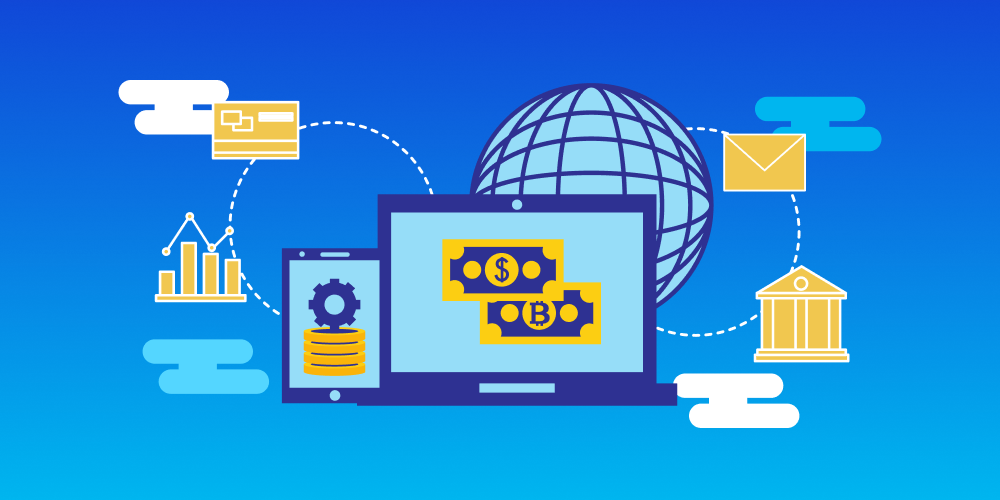
Decentralized Finance (DeFi) has been rapidly gaining traction over the past few years, but 2023 is poised to be the year of its breakthrough. By leveraging the power of blockchain technology, DeFi platforms are revolutionizing traditional financial systems. What sets DeFi apart is its emphasis on inclusivity, enabling individuals previously underserved by traditional banking systems to access services like lending, borrowing, and trading without intermediaries.
Real-Life Use Case: Aave Protocol
Aave, one of the leading DeFi platforms, allows users to lend and borrow a variety of cryptocurrencies without involving banks or other financial intermediaries. Smart contracts back this peer-to-peer lending model and has gained immense popularity, underscoring the potential of DeFi to democratize financial services.
2. Quantum Computing: Reshaping Security Protocols
In the realm of fintech trends, quantum computing is emerging as a disruptive force. The exponential processing power of quantum computers holds the potential to bolster cybersecurity measures, ensuring that sensitive financial data remains safe from even the most sophisticated cyber threats. As quantum computing matures, its integration within fintech ecosystems will be instrumental in creating a more secure and resilient financial landscape.
Industry Report Insights: Gartner on Quantum Cryptography
According to Gartner’s report on emerging technologies, quantum cryptography is expected to become a crucial component of securing digital transactions in the financial sector. The report highlights the use of quantum key distribution for secure data transmission and emphasizes the need for early adoption to stay ahead of cyber threats.
3. AI-Powered Personalization: Tailoring User Experiences

Artificial Intelligence (AI) is at the forefront of revolutionizing customer experiences in the fintech sector. Analyzing user behavior and preferences allows AI algorithms to provide highly personalized financial solutions and services. This enhances customer satisfaction and drives engagement and brand loyalty, ultimately leading to more substantial, long-lasting relationships between customers and fintech providers.
Real-Life Use Case: Kasisto’s AI-Powered Virtual Assistants
Financial institutions employ Kasisto’s conversational AI platform to create personalized customer interactions. By understanding natural language and context, these virtual assistants help users with tasks such as account management, bill payments, and financial advice. This use case underscores the potential of AI in enhancing customer engagement.
4. Contactless Payments and NFC Technology: Redefining Transactions
The COVID-19 pandemic accelerated the adoption of contactless payments, and this trend is evolving further in 2023. Near-field communication (NFC) technology, in particular, is pivotal in enabling secure and convenient transactions through devices like smartphones and wearables. As NFC gains prominence, it is set to redefine how we interact with our finances daily.
Real-Life Use Case: Apple Pay
Apple Pay, powered by NFC technology, has transformed how people make payments. Users can simply tap their Apple devices at compatible point-of-sale terminals to make secure payments. The widespread adoption of Apple Pay showcases the convenience and security that NFC-based contactless payments offer.
5. Sustainable and Green Finance: Fintech’s Social Responsibility

The fintech industry is recognizing its role in promoting sustainability and environmental consciousness. The concept of Green Finance, which involves investing in environmentally friendly projects, is gaining traction. Fueled by societal demands and investor preferences for ethical financial solutions, this trend pushes fintech companies to incorporate Environmental, Social, and Governance (ESG) factors into their offerings.
Industry Report Insights: IDC’s Outlook on Green Fintech
IDC’s research highlights the growth potential of green fintech solutions, citing increased consumer awareness and regulatory support as key drivers. The report emphasizes the integration of ESG criteria into lending, investment, and risk assessment processes to create a positive societal impact.
6. Digital Identity Verification: Enhancing Security and Compliance
The digitization of financial services has created the need for robust identity verification processes. Digital identity solutions are emerging as a response to this need, offering seamless and secure user onboarding. Through biometric authentication, AI-driven risk assessments, and blockchain-backed verification methods, fintech companies are streamlining compliance procedures while preventing fraudulent activities.
Real-Life Use Case: Onfido’s Identity Verification
Onfido, a digital identity verification platform, utilizes AI and facial recognition technology to verify users’ identities in real time. Fintech companies are adopting this technology to enhance security and ensure regulatory compliance while providing a frictionless onboarding experience for customers.
7. Cross-Border Fintech Innovation: Bridging Global Markets
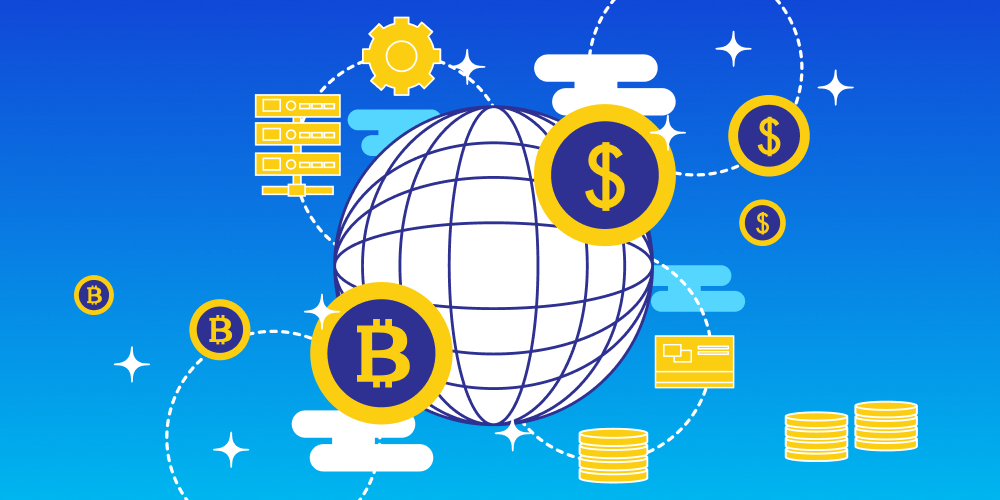
Fintech is transcending geographical limitations by fostering cross-border innovation. Collaborations between international fintech players are giving rise to borderless financial solutions. This trend facilitates efficient cross-border payments, enabling businesses and individuals to transact seamlessly across different currencies and regions, thereby driving global economic growth.
Real-Life Use Case: TransferWise (Wise)
TransferWise, now known as Wise, has transformed the cross-border remittance landscape. Wise offers users a cost-effective alternative to traditional remittance services by utilizing a peer-to-peer model and actual exchange rates. This use case underscores the potential of fintech in removing barriers to global financial transactions.
8. Voice and Gesture-Based Banking: Redefining User Interfaces
Voice and gesture-based interactions are revolutionizing how users engage with fintech platforms. Leveraging natural language processing and motion sensing advancements, users can perform financial tasks through vocal commands and intuitive gestures. This trend aims to simplify user experiences, making financial management more accessible and convenient for individuals of all demographics.
Real-Life Use Case: Wells Fargo’s Voice-Activated Banking
Wells Fargo’s voice-activated banking allows customers to perform tasks like balance inquiries, fund transfers, and bill payments through voice commands. By seamlessly integrating voice recognition technology, the bank has elevated the customer experience, showcasing the potential of voice-based interactions in fintech.
9. Neurofinancial Interfaces: Exploring New Frontiers

The convergence of neuroscience and fintech is giving rise to neurofinancial interfaces. These interfaces monitor brain activity to gain insights into user preferences and emotions related to financial decision-making. While still in its infancy, this trend holds the potential to revolutionize how financial services are customized and delivered, creating a deeper understanding of customer needs.
Industry Report Insights: Gartner on Neurofinancial Interfaces
Gartner’s report on highlights the growing interest in brain-computer interfaces for financial applications. The report discusses potential use cases, such as personalized investment strategies based on emotional responses, underscoring this trend’s intriguing possibilities.
10. Hyper-Personalized Robo-Advisors: Enhancing Investment Strategies
Robo-advisors are evolving beyond basic algorithmic recommendations. They are transitioning into hyper-personalized platforms that offer comprehensive investment strategies tailored to individual financial goals and risk appetites. By integrating AI and machine learning, these advisors provide real-time portfolio adjustments and insights, democratizing access to sophisticated financial advice.
Real-Life Use Case: Wealth front’s AI-Driven Investing
Wealthfront’s robo-advisor employs AI algorithms to create personalized investment portfolios based on individual preferences and financial objectives. This approach optimizes investment strategies and empowers users with tools to navigate complex financial markets.
Navigating the Fintech Landscape: Strategic Imperatives for 2023 Survival

In the ever-evolving realm of fintech, thriving amidst challenges demands a strategic approach. The echoes of a CB Insights report on the venture market in 2022 reverberate, revealing a stark reality – fintech investment plummeted by a staggering 58% YoY from Q4 2021. As the industry charts its course through 2023, the tides of change require companies to arm themselves with actionable strategies that safeguard their future.
Amidst these dynamic shifts, Trantor offers prudent strategies to navigate these uncharted waters:
- 1. Embrace the Power of Open Architecture
The art of survival lies in adaptability. Fintech companies are encouraged to harness the potential of open banking APIs and microservices. Weaving these elements into product development makes seamless integration with complementary offerings a reality. The result? A dynamic ecosystem where products harmonize effortlessly, amplifying customer value. - 2. Cultivate a Skilled Workforce
In an era where prudent resource management is paramount, precision is non-negotiable. To ensure excellence from the outset, partnering with seasoned professionals is key. Outsourcing to top-tier talent or collaborating with established technology providers transcends the risk of assembling teams from scratch. The result? Swift execution and refined outcomes. - 3. Elevate Efficiency through Legacy Enhancement and AI Adoption
Elevating operational efficiency is the cornerstone of survival. In 2023, optimizing legacy systems with fintech innovations takes center stage. The spotlight is on AI-driven automation, a beacon of cost reduction and enhanced customer engagement. As businesses traverse this juncture, streamlining expenses and fortifying customer connections become attainable aspirations.
In the tapestry of 2023, the essence lies in the prudent utilization of available technology. It’s a landscape where chasing trends takes a back seat while harnessing existing tools to surmount complex challenges emerges as the critical narrative. By embracing these strategic imperatives, fintech companies weather the storm and position themselves as innovators, sculpting the future of financial technology.
How Trantor Uses Financial Technology Trends in Software Development
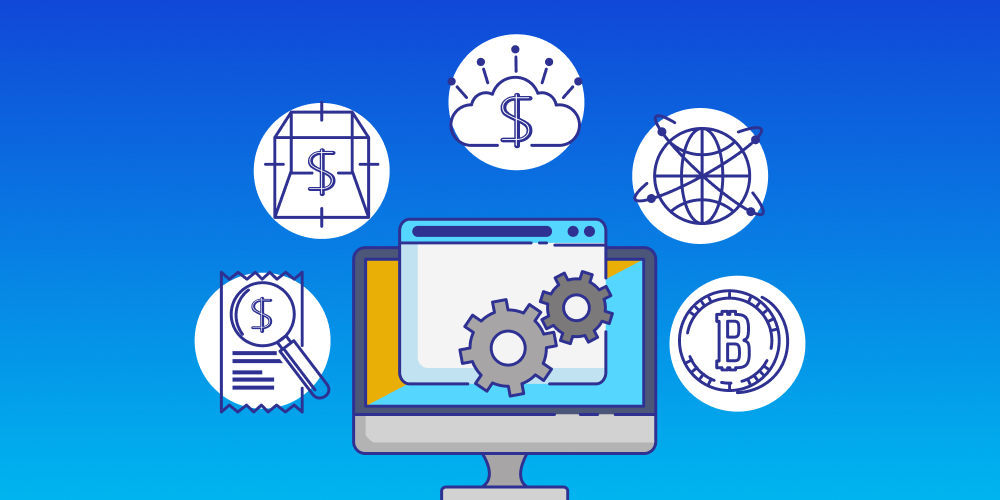
Drawing upon over 11 years of unwavering prowess in fintech software development and a rich portfolio boasting more than 50 accomplished projects, Trantor is a beacon of partnership success. Our approach harmoniously merges established foundations, like the versatile Python language, with the latest fintech advancements. From pioneering digital mortgage brokerage to harnessing the prowess of AI and ML for analytics and user verification, our toolkit spans the cutting edge. Embracing open banking APIs and microservices, we craft bespoke software solutions that align with our clients’ aspirations. Explore our constellation of FinTech triumphs that stand as testaments to our proficiency.
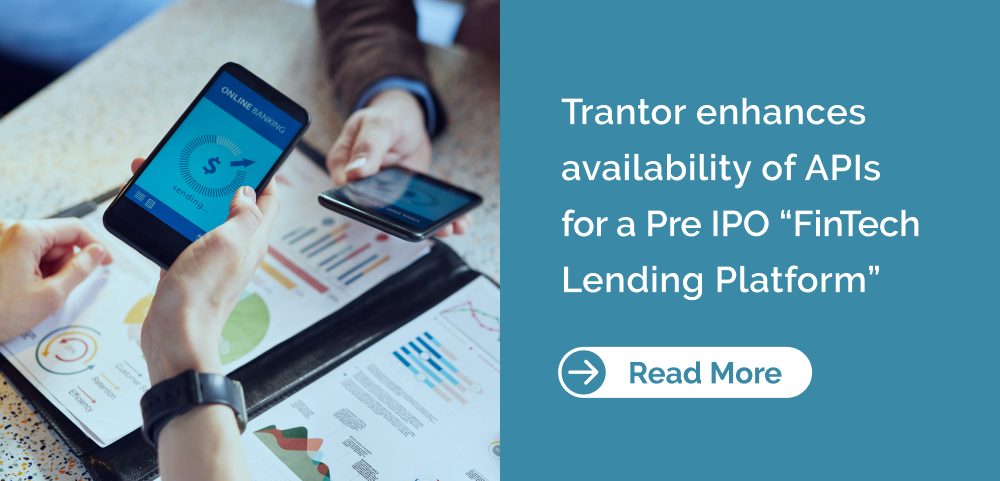
In conclusion, the fintech landscape of 2023 is poised for unprecedented transformation. In Q1 2023, fintech startups attracted over $14 billion in VC funding. The number of fintech unicorns (private companies valued at over USD 1 billion) is expected to reach 100 by 2023. Fueled by technological advancements, changing consumer expectations, and insights from industry reports, the trends discussed in this article are set to redefine the industry.
From the inclusive power of DeFi to the potential of neurofinancial interfaces, these trends exemplify the innovation propelling the fintech sector into an exciting future. As companies embrace these trends and adapt to evolving market dynamics, they will undoubtedly be leaders in this dynamic and ever-evolving ecosystem.




